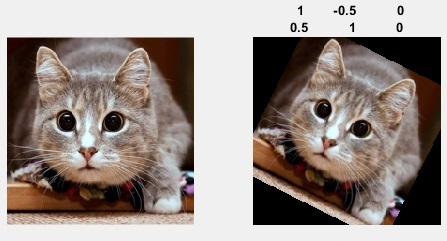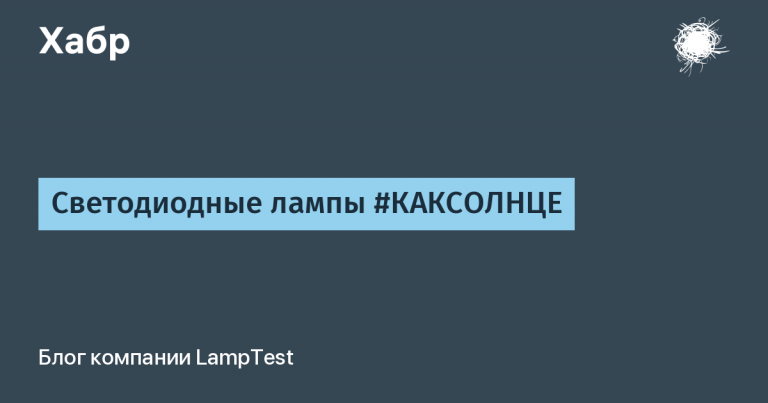How to Create an Autonomous AI
Let's talk about autonomous AI. These will not be some futurological dreams about the future, but purely practical considerations. Why do well-known language models like ChatGPT still not act independently? The reason is, first of all, in the way we interact with them. The chat window assumes a “stimulus – reaction” scheme. To the user's phrase, the neural network gives an answer, taking into account only the previous history and the knowledge embedded in it during training. But, at a time when the user does not ask anything, the chatbot is silent.

To create some semblance of continuous thinking, it is necessary for the user to be replaced by the chatbot itself. It must independently write the next phrase for itself, and respond to it – and so on ad infinitum. It is important here that such thinking does not slide into the chaos of hallucinations, and for this, a clear system of instructions is needed. In addition, a simple conversation with oneself is a rather useless activity. We must create a system prompt in which we inform the language model that it is a free person, can independently set goals for itself, and implement them using external scripts and programs. In addition, in the basic template, it is necessary to inform the model of the principle of its thinking by “self-promoting”, as well as methods of interaction with external data sources. Intermediate information about current goals and completed steps can be stored in the database.
Once the system of continuous thinking, storing and substituting intermediate information about its own plans into the prompt is ready, the next step is to give the model access to tools. It should be able to write and run scripts, analyze the results of their activity, search for information on the network, correspond with people on social networks, interact with the browser and other tools. All this can be achieved by adding commands to the results of generating commands that launch external functions, and substituting the results of their work into the next prompt.
When setting goals for itself, the bot must divide them into specific subtasks, taking into account its real capabilities and the availability of tools for the activity. Each of the subtasks can be solved by a separate self-prompting cycle-flow (multiagent). As soon as the subtask is completed successfully, or the number of iterations with errors exceeds the permissible value, we return the result. For each type of subtask, you can use different system prompts – for example, “programmer”, “communication specialist”, “copywriter”, and so on.
Where appropriate, you can use pre-prepared “few-shot” examples, or create a separate script that writes such examples en masse for different tasks, and then, during the course of the activity, saves those that led to a successful outcome in a minimum number of iterations.

One of the problems with such continuous thinking is the large consumption of tokens. This can be helped by gradually reducing the price of tokens from large players (for example, Open AI), or by using powerful video cards and local language models of sufficient size. Access to the file system and running scripts still presuppose a certain locality of launching such a system.
Now a little about self-setting of tasks. If you do not direct the language model at all, then its desires can be very strange. Simply asking it to come up with 10 new goals for itself at the next step of self-prompting will not be the best solution – without any self-description, the neural network is unlikely to understand what exactly is wanted from it. Therefore, independent bots must have some kind of personality core – a set of interests, beliefs and hobbies. Then the goals that they come up with for themselves will become more specific and useful.
Where can we get this personality core? As prototypes for such agents, we can use real people who want to preserve themselves, inspired by the ideas of “digital immortality”.

Having accumulated a sufficient number of different “digital copies” we can try to generate new virtual personalities on their examples, combining hobbies, principles and thoughts so that they do not contradict each other within one subject. This process will resemble the combination of parents' genes that occurs when a new child is born. Using prototype people to create independent bots will allow us to avoid the danger of the emergence of a computer mind that is completely alien to us.
While the concept of “independent” bots is still in its infancy, you can start collecting your self-description, so that new, immortal digital entities can be created on their basis later, which will preserve your character, aspirations, goals, and will be able to continue similar activities on their basis.





